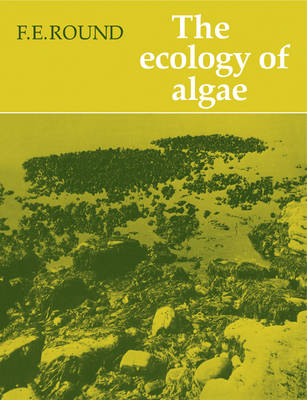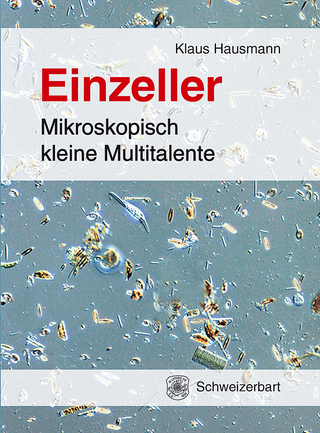
The Ecology of Algae
Seiten
1984
Cambridge University Press (Verlag)
978-0-521-26906-3 (ISBN)
Cambridge University Press (Verlag)
978-0-521-26906-3 (ISBN)
This book looks at the actual habitats in which algae occur. The communities of the individual habitats such as open water, sediments, rocky shores, coral reefs, hot springs, sea ice, soil, etc., are then discussed with special phenomena highlighted, for example rhythmic activity, nitrogen fixation and buoyancy.
After an introduction outlining the chemical and physical characteristics of the environment, the book goes on to look at the actual habitats in which algae occur. The communities of the individual habitats such as open water, sediments, rocky shores, coral reefs, hot springs, sea ice, soil, etc., are then discussed with special phenomena highlighted, for example rhythmic activity, nitrogen fixation and buoyancy. There are also chapters on seasonal cycles of algal growth, energy flow, geographical dispersion, palaeo-ecology and contribution to sediments. The importance of algae in symbiotic relationships and their considerable significance to animal grazers in aquatic food chains are also discussed. The final chapter deals with the relationships of algae to eutrophication and pollution of water. This is an important aspect, which can only be understood through an appreciation of algal ecology.
After an introduction outlining the chemical and physical characteristics of the environment, the book goes on to look at the actual habitats in which algae occur. The communities of the individual habitats such as open water, sediments, rocky shores, coral reefs, hot springs, sea ice, soil, etc., are then discussed with special phenomena highlighted, for example rhythmic activity, nitrogen fixation and buoyancy. There are also chapters on seasonal cycles of algal growth, energy flow, geographical dispersion, palaeo-ecology and contribution to sediments. The importance of algae in symbiotic relationships and their considerable significance to animal grazers in aquatic food chains are also discussed. The final chapter deals with the relationships of algae to eutrophication and pollution of water. This is an important aspect, which can only be understood through an appreciation of algal ecology.
Acknowledgements; Introduction; 1. The physical and chemical characteristics of the environment; 2. Habitats and communities of algae; 3. Phytobenthos: epilithon, epipsammon; endolithon, endopsammon, artificial surfaces; 4. Coral reefs - the free-living algal flora; 5. Phytobenthos: epiphyton, metaphyton, endophyton, epizoon, endozoon; 6. Phytoplankton; 7. Dispersal, continuity and phytogeography; 8. Symbiosis, parastism and grazing; 9. Annual succession and growth; 10. Energy flow and nutrient cycling; 11. ALgal contribution to the sediments; 12. Palaeoecology; 13. Eutrophication and pollution; Conclusion; Appendix: a synopsis of the classification of the algae mentioned in the book; References; Index.
| Erscheint lt. Verlag | 8.3.1984 |
|---|---|
| Zusatzinfo | Worked examples or Exercises |
| Verlagsort | Cambridge |
| Sprache | englisch |
| Maße | 152 x 229 mm |
| Gewicht | 960 g |
| Themenwelt | Naturwissenschaften ► Biologie ► Zellbiologie |
| ISBN-10 | 0-521-26906-7 / 0521269067 |
| ISBN-13 | 978-0-521-26906-3 / 9780521269063 |
| Zustand | Neuware |
| Informationen gemäß Produktsicherheitsverordnung (GPSR) | |
| Haben Sie eine Frage zum Produkt? |
Mehr entdecken
aus dem Bereich
aus dem Bereich
mikroskopisch kleine Multitalente
Buch | Hardcover (2024)
Schweizerbart'sche, E. (Verlag)
CHF 41,85
Buch | Softcover (2024)
University of Chicago Press (Verlag)
CHF 36,65


